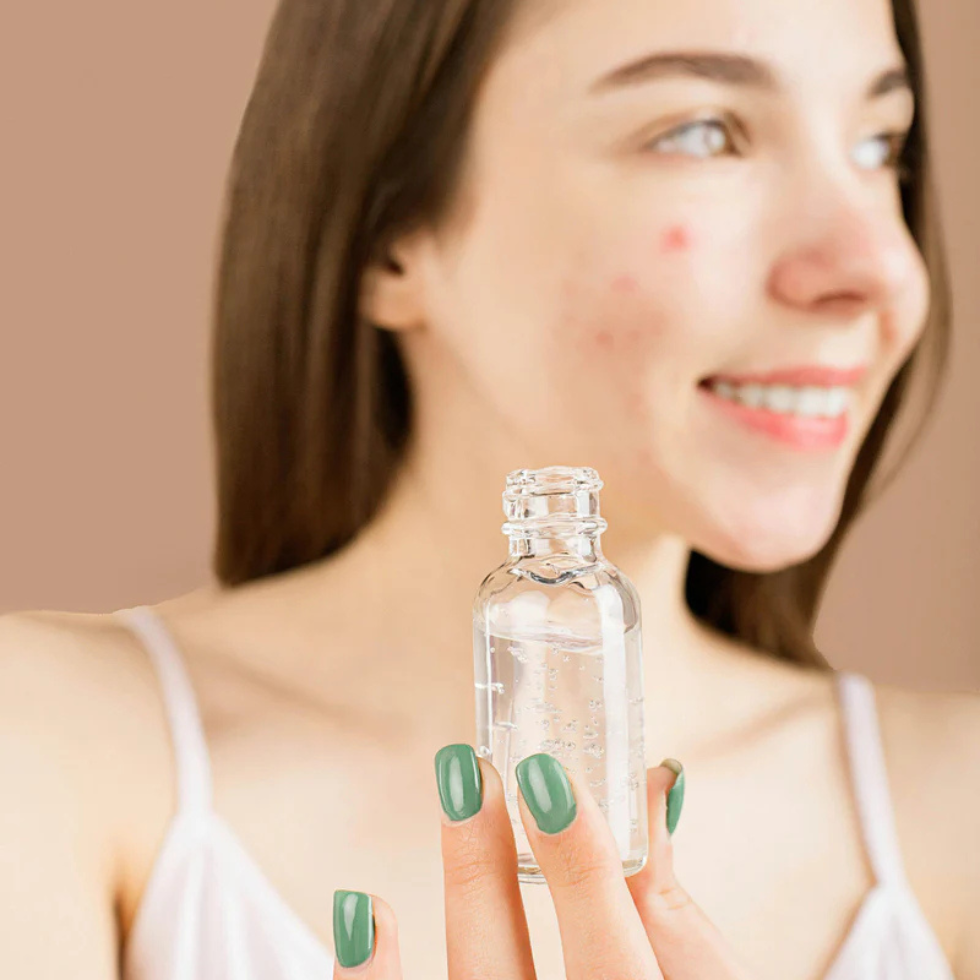Dry skin and dehydrated skin: two very different realities
When discussing skin problems, the terms "dry skin" and "dehydrated skin" are often confused. However, these are two very different skin conditions that require specific care. Understanding this distinction is essential for choosing the right products and giving your skin what it truly needs. This detailed article will help you differentiate between these two issues, understand their causes, and, most importantly, learn how to effectively address them with a suitable skincare routine that combines hydration and nourishment.
Dry skin: a lack of lipids
Dry skin is a skin type, meaning a persistent characteristic of your epidermis. This skin type is characterized by insufficient sebum production, the fine oily layer naturally produced by the sebaceous glands. Sebum plays a protective role by forming a barrier that limits the evaporation of water from the epidermis and protects against external aggressors.
Signs of dry skin:
- A feeling of tightness, persistent discomfort
- Rough texture, matte finish
- Peeling skin, small dry patches
- Lack of elasticity
-
Possible presence of redness
The main problem with dry skin is therefore a lack of nutrition : it needs lipids to strengthen its skin barrier.
Causes of dry skin:
- Genetic factors (hereditary skin type)
- Age: With age, sebum production decreases
- Climatic conditions (cold, wind, dry air)
- Use of aggressive products, paint strippers
-
Certain dermatological diseases (eczema, psoriasis)
Dehydrated skin: a lack of water
Unlike dry skin, dehydrated skin is not a skin type but a temporary condition. Any skin can be dehydrated, including oily or combination skin. Dehydration corresponds to a lack of water in the epidermis.
Signs of dehydrated skin:
- Occasional tightness, often after cleaning
- Dull complexion, lack of radiance
- Dehydration lines, fine visible lines
- The skin feels like it quickly "drinks up" moisturizing products.
- The possibility of having some bright areas and others that are uncomfortable.
The challenge for dehydrated skin is therefore to provide hydration , that is to say, to restore its water level.
Causes of dehydrated skin:
- Lack of external and/or internal hydration (insufficient water consumption)
- Air conditioning, heating, pollution
- Overly aggressive cleaners or unsuitable routines
- Stress, fatigue, hormonal imbalances
- Excessive sun exposure without protection
Adapt your skincare routine: hydration for dehydrated skin, nourishment for dry skin
Once you understand the difference between dry and dehydrated skin, it becomes clear that the skincare products you use will differ. Adapting your skincare routine allows you to meet your skin's actual needs without worsening the situation.
Skincare tailored for dry skin: a focus on nutrition
For dry skin, the goal is to strengthen the hydrolipidic film and provide oils to nourish the skin deeply.
Essential products for a dry skin routine:
- Gentle cleanser , without harsh surfactants
- Rich vegetable oil (almond, plum, borage)
- Oil-rich cream
- Weekly nourishing masks
- Daily sun protection (dry skin is more vulnerable)
Tip: Opt for formulas containing ceramides, omega-3 and omega-6 fatty acids, or squalane to repair the skin barrier. Oden's moisturizing cream combines these three active ingredients!
Skincare specifically formulated for dehydrated skin: hydration is the priority.
Dehydrated skin primarily needs water and active ingredients capable of retaining that water in the epidermis.
The ideal routine for dehydrated skin:
- Gentle cleanser , respectful of the hydrolipidic film
- Moisturizing lotion or essence rich in hyaluronic acid, glycerin, aloe vera
- Concentrated hydrating serum (hyaluronic acid of different molecular weights)
- Light cream or moisturizing gel
-
Moisturizing masks (based on aloe vera, hyaluronic acid)
Tip: Drink plenty of water throughout the day and avoid overly dry atmospheres.
How to recognize your skin type or condition?
If you still have doubts, here are a few simple tips to identify whether your skin is dry or dehydrated:
- Water test: After cleansing your face without applying any skincare products, do you experience immediate discomfort (a sign of dehydration) or a persistent tightness and roughness (a sign of dryness)?
- Under the microscope: observe if your skin has very fine lines on the cheeks (dehydration) or if it is flaky with small dead skins (dryness).
- T-zone: skin that is shiny but feels tight can be combination and dehydrated, not necessarily dry.
If you still have doubts, do not hesitate to consult a dermatologist or a qualified esthetician.





Leave a comment
All comments are moderated before being published.
This site is protected by hCaptcha and the hCaptcha Privacy Policy and Terms of Service apply.